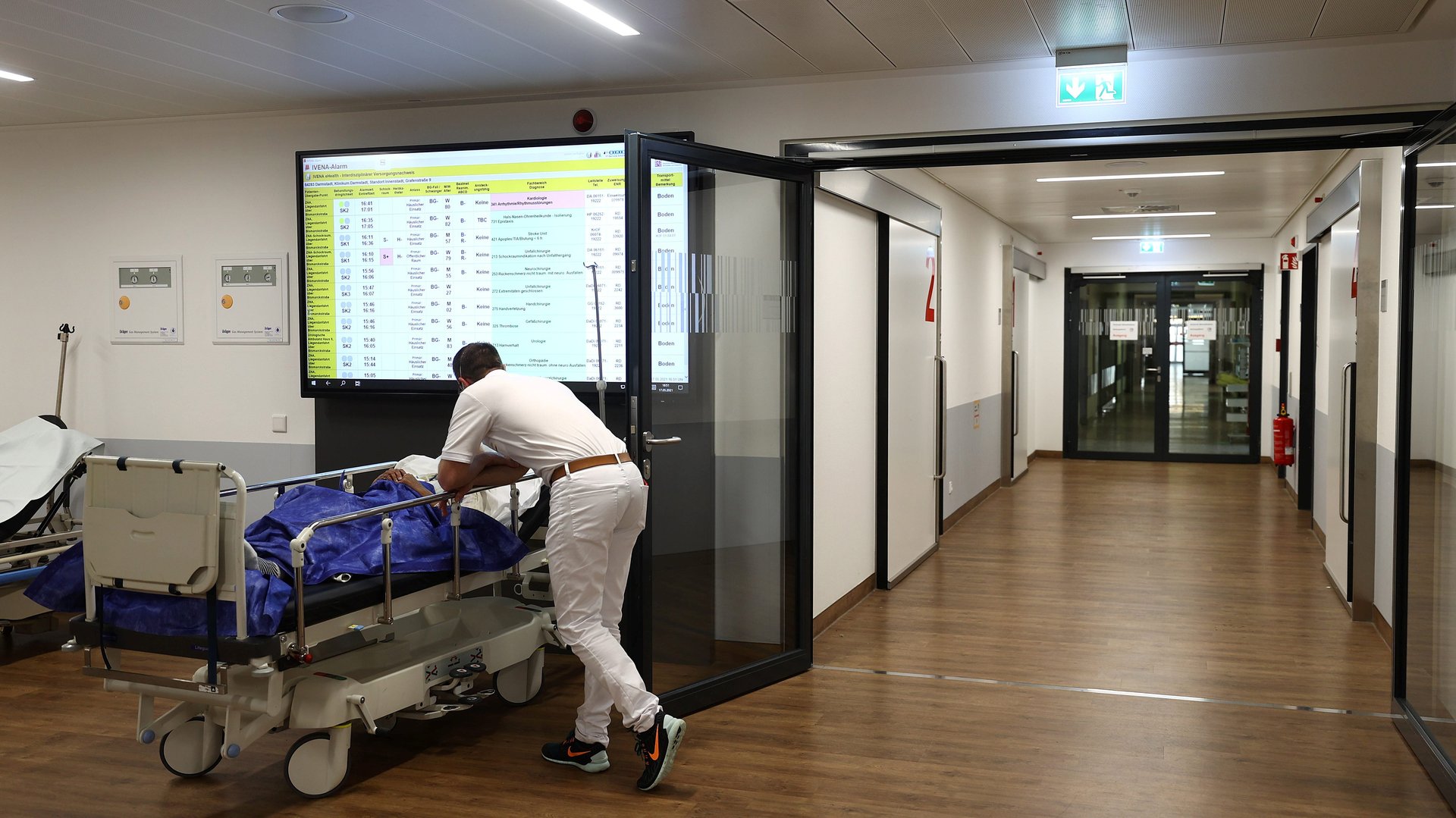ER visits in the US plunged in the pandemic, and that’s not good
For about two decades since the late 1990s, the US has seen a rise in emergency room visits that outpaced population growth. Emergency departments can be expensive for hospitals to run, and overuse of them is often taken as a sign of an inefficient system.


For about two decades since the late 1990s, the US has seen a rise in emergency room visits that outpaced population growth. Emergency departments can be expensive for hospitals to run, and overuse of them is often taken as a sign of an inefficient system.
Then Covid-19 happened, and ER visits plummeted. In the first months of the pandemic, ER visits in the US fell 42% compared to the previous year, and remained lower throughout the year.
At the end of 2020 there were still 25% fewer visits than at the same time in the previous year, and initial data show that despite widespread vaccinations and easing of pandemic protocols, emergency departments are still receiving about 10% fewer visits than prior to the pandemic, says Arjun Venkatesh, who heads the department of emergency medicine at Yale University.
This is bad news.
Reduction in ER visits is a consequence of Covid-19
There are many factors contributing to the reduction in ER visits. In some cases, patients have been able to take advantage of better telehealth access even after regular doctor’s office hours, allowing them to avoid emergency visits.
Programs trying to incentivize the use of remote or scheduled doctor’s appointments in lieu of ER visits have been in place for quite some time, and like the rest of telehealth, Covid-19 finally made them fall into place.
But Venkatesh says this likely doesn’t account for a large percentage of the missing patients, particularly among disadvantaged communities who are less likely to have telehealth access.
A look at the demographics gives a better sense of what might be behind the decline. Compared to 2019, the visits are lagging especially for older patients, which Venkatesh says is an indicator of fear related to potential exposure to Covid-19.
But the most drastic reduction was in children’s visits—about 66% below pre-pandemic levels—which likely points to financial trouble. Often, families without access to primary care—due to a lack of time or financial resources or because they live in poorly served areas—will use emergency care for their children instead, but they might delay care out of concerns for its costs.
Venkatesh says it’s too early to tell whether, patients will resume their old ER habits as vaccinations and reopenings continue. The volume of visits seems to be stabilizing with the passing of months but it will take some time to assess whether patients have developed a habit to delay care, for instance, or use telehealth instead.
The myth of the inefficient ER visit
In the past, city or state programs that reduced ER visits by a few percentage points would be saluted as examples of policy success and taken as models, says Venkatesh. But the reduction caused by Covid-19 shows that efforts to reduce emergency department visits might be misplaced.
The rise in ER visits in the US over past decades often shows a higher efficiency and success rate of the health system overall, he said. People are living with much more complex illnesses at home than they were a decade ago, Venkatesh says, and treatments such as chemotherapy no longer need hospital admission. This means in some cases patients need emergency care for side effects they can’t manage at home, but these increased emergency visits are a consequence of decreased hospitalization and a sign of overall system improvement.
It also isn’t so easy to determine which visits might be unnecessary, says Venkatesh. Insurances, have tried labeling visits as unnecessary and deny reimbursement based on the discharge diagnosis, and recently United Healthcare, the country’s largest commercial insurer, with 70 million patients, announced plans to retroactively deny coverage for visits that didn’t meet the company’s urgency standards based on the type of diagnostics used. (Facing criticism, UnitedHealthcare is delaying implementing its policy until the end of the pandemic). But the methods to assess this are gravely flawed, and potentially dangerous.
If a patient goes to the hospital fearing a heart attack and finds out it was indigestion instead, the visit might be classified as unnecessary. But it’s the very opposite of that: The patient might have had a heart attack, and seeking immediate medical attention was the only way to rule out a fatal emergency.